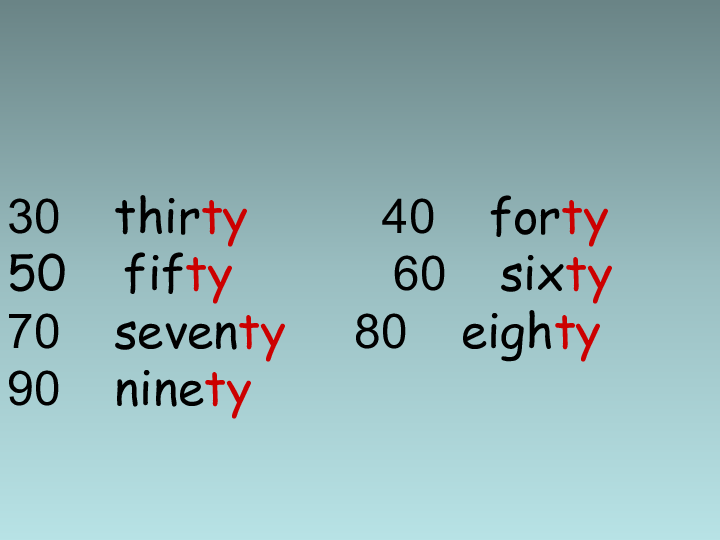"How to Train Your 1 Pet 1: Essential Tips for a Happy and Well-Behaved Companion"
Guide or Summary:Understanding Your 1 Pet 1Establishing a Training RoutinePositive Reinforcement TechniquesCommon Training Commands for Your 1 Pet 1Socializ……
Guide or Summary:
- Understanding Your 1 Pet 1
- Establishing a Training Routine
- Positive Reinforcement Techniques
- Common Training Commands for Your 1 Pet 1
- Socialization: A Key Component
- Addressing Behavioral Issues
#### Introduction
In the world of pet ownership, understanding how to train your 1 pet 1 is crucial for fostering a strong bond and ensuring a harmonious living environment. Whether you have a dog, cat, or any other beloved companion, effective training techniques can transform your pet's behavior and enhance your relationship. This article will delve into various aspects of training your 1 pet 1, providing insights and practical tips to help you along the way.

Understanding Your 1 Pet 1
Before embarking on the training journey, it’s essential to understand the unique traits and behaviors of your 1 pet 1. Each species and breed has its own set of characteristics that influence how they learn and respond to training. For example, dogs are often eager to please and respond well to positive reinforcement, while cats may require a different approach. Familiarizing yourself with your pet's instincts, social behaviors, and communication cues will significantly enhance your training effectiveness.
Establishing a Training Routine
Consistency is key when training your 1 pet 1. Establishing a routine helps your pet understand what is expected of them and when. Designate specific times for training sessions, ensuring they are short and engaging—around 5 to 10 minutes is ideal for most pets. This routine will help your pet associate training with positive experiences, making them more receptive to learning.
Positive Reinforcement Techniques
One of the most effective methods for training your 1 pet 1 is positive reinforcement. This involves rewarding your pet for desired behaviors, which encourages them to repeat those actions. Rewards can include treats, praise, or playtime. For instance, if you are training your dog to sit, give them a treat immediately after they comply. This method not only reinforces good behavior but also strengthens the bond between you and your pet.

Common Training Commands for Your 1 Pet 1
Training your 1 pet 1 to follow basic commands is an essential part of their education. Commands such as "sit," "stay," "come," and "leave it" are fundamental for ensuring your pet's safety and promoting good behavior. Start with one command at a time, using clear, consistent verbal cues and hand signals. Patience is vital; some pets may take longer to grasp commands than others.
Socialization: A Key Component
Socialization is an often-overlooked aspect of training your 1 pet 1. Exposing your pet to various environments, people, and other animals helps them develop confidence and reduces anxiety. For dogs, this may involve trips to the park or attending training classes. For cats, socialization can include gentle handling and introducing them to new sights and sounds. The more experiences your pet has, the better they will adapt to different situations.
Addressing Behavioral Issues
Every pet owner encounters behavioral challenges at some point. Whether it’s excessive barking, scratching, or biting, addressing these issues promptly is essential for a well-adjusted pet. Identify the root cause of the behavior and consult with a professional trainer or veterinarian if necessary. Often, behavioral issues stem from anxiety, boredom, or a lack of training. Implementing a structured training plan can help mitigate these problems.

Training your 1 pet 1 is a rewarding journey that requires time, patience, and dedication. By understanding your pet’s unique needs, establishing a consistent routine, and utilizing positive reinforcement techniques, you can foster a well-behaved companion. Remember, the goal of training is not just obedience but also building a loving and trusting relationship with your pet. Enjoy the process, celebrate the small victories, and cherish the moments spent together with your furry friend.